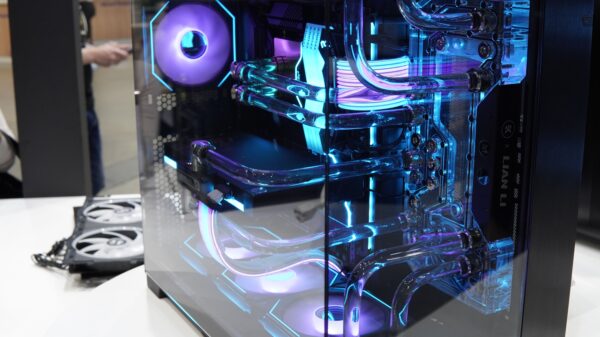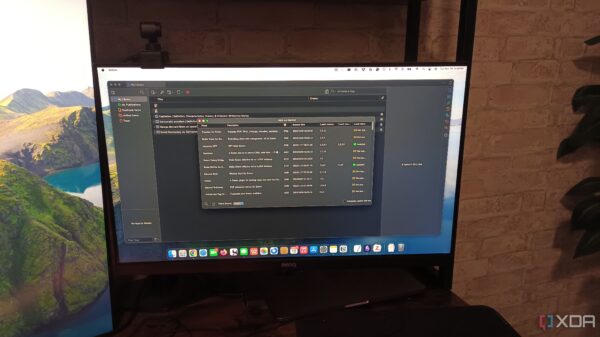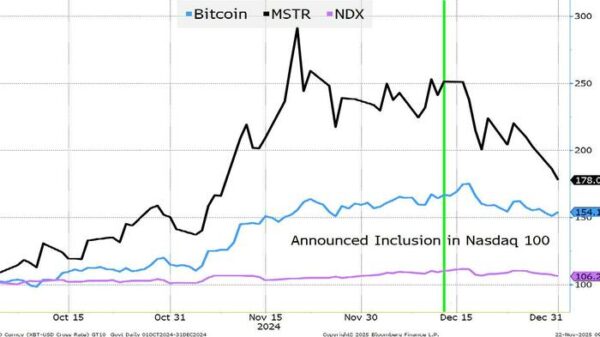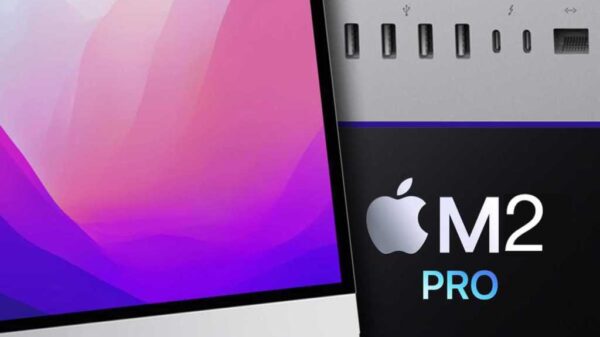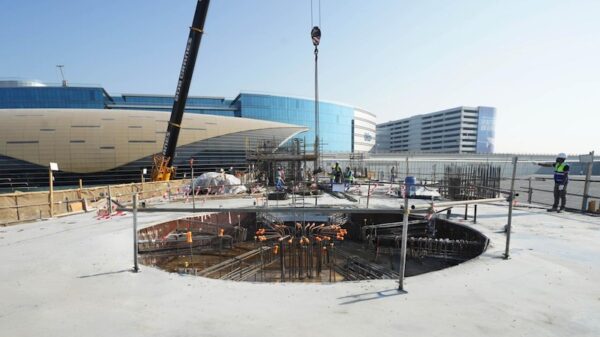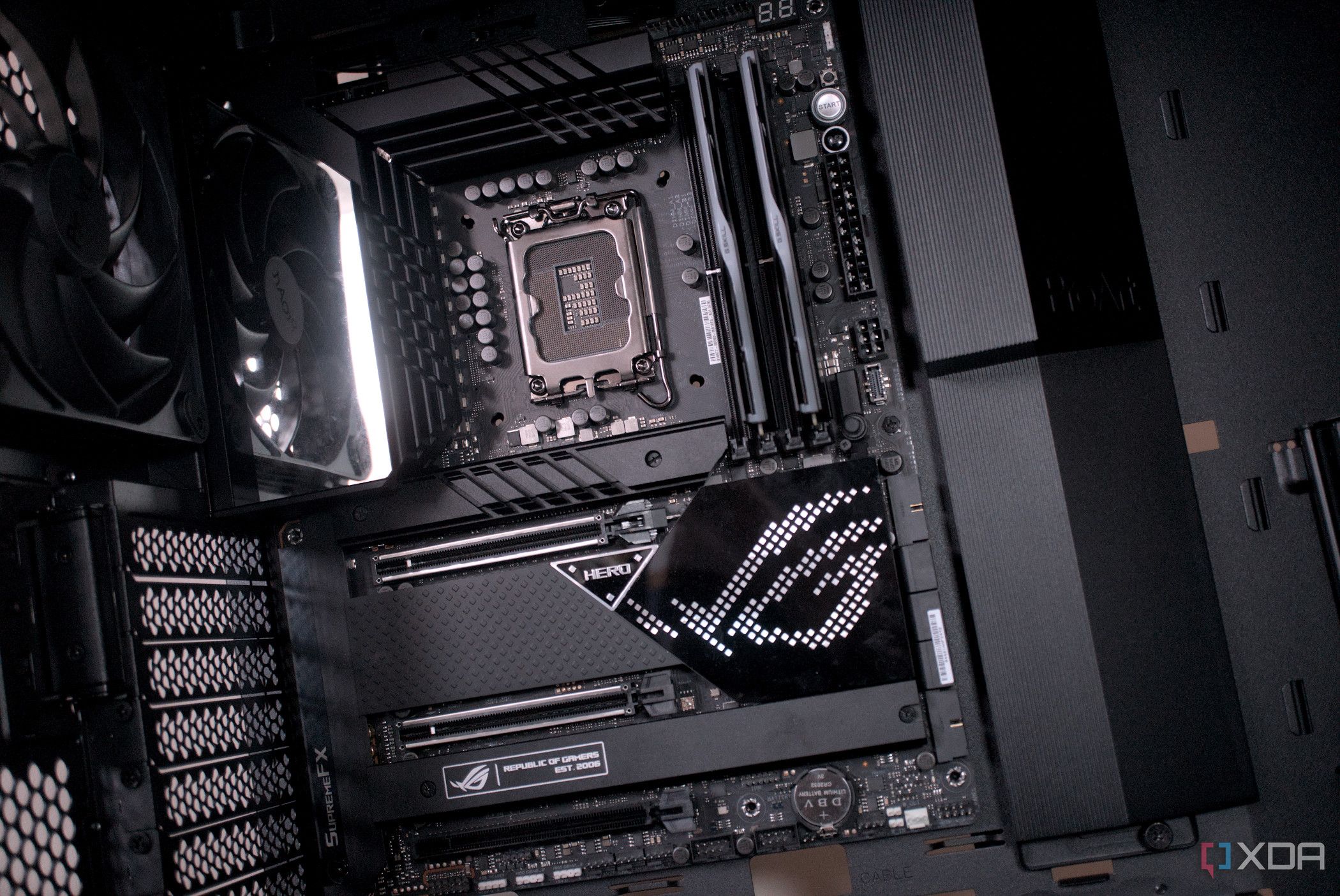UPDATE: First-time PC builders and upgrade enthusiasts are facing critical motherboard pitfalls that could derail their upgrade plans. New insights reveal that choosing the wrong motherboard can lead to compatibility issues, limiting performance and future upgrades.
As many gamers and tech enthusiasts aim for the latest GPUs and CPUs, they must recognize that their motherboard plays a pivotal role in their computer’s performance and upgrade potential. Just yesterday, tech experts highlighted four significant ways a motherboard can hinder your upgrade journey, making it crucial to choose wisely.
1. Socket Type
Selecting a motherboard with the appropriate CPU socket is paramount. If you plan to upgrade your CPU in the next few years, ensure the motherboard supports future socket generations. For instance, AMD’s long-lasting AM4 socket has supported Ryzen CPUs since 2016 and continues to receive updates, while Intel’s LGA 1200 was short-lived, only supporting the 10th and 11th generations. Buying a motherboard with a socket that promises longevity can save you from future headaches.
2. Power Delivery with VRMs
The Voltage Regulator Module (VRM) is critical for managing the power supply to your CPU. Boards with robust VRMs can prevent overheating and performance throttling, especially for high-end chips like the AMD Ryzen 9 9950X or Intel Core i9-14900K. Experts warn that low-quality VRMs may struggle under heavy loads, leading to unstable performance. If you plan to use powerful CPUs, scrutinizing VRM specifications is essential.
3. PCIe Generations
If you’ve recently acquired a next-gen GPU with PCIe 5.0 support, but your motherboard only accommodates PCIe 3.0 or 4.0, you risk not leveraging the full capabilities of your graphics card. While backward compatibility allows your GPU to function, it will operate at the slower speed of your motherboard, limiting performance. As content creation and high-performance gaming demand more bandwidth, being stuck on older PCIe versions could severely restrict your upgrade potential.
4. Motherboard Form Factor
While Mini-ITX and Micro-ATX boards are popular for compact builds, they come with limitations. Smaller boards typically offer fewer expansion slots and can restrict airflow, which is crucial as modern GPUs and CPUs become larger and hotter. If you’re considering future upgrades, opting for a full ATX board, which provides ample space for components and better cooling options, may be a smarter choice.
As technology rapidly evolves, ensuring your motherboard can support future developments is critical. The excitement of building a new PC can cloud judgment, but overlooking these motherboard factors can lead to costly mistakes down the line. With the recent influx of PCIe 5.0 GPUs and chips hitting the market, choosing the right motherboard today can set you up for years of successful upgrades.
Stay informed and make educated decisions to avoid being stuck with a motherboard that limits your PC’s potential. Your future upgrades depend on it!




